When we think of nature’s most formidable weapons, the jaws of predators often top the list. Across the planet’s diverse ecosystems, evolution has crafted an impressive array of bite mechanisms that generate astonishing forces. From the depths of the ocean to the highest mountains, animals use their powerful bites for hunting, defense, and survival. This article explores the most powerful bite forces in the animal kingdom, measured in pounds per square inch (PSI) or newtons, revealing the jaw-dropping strength these creatures possess and the evolutionary adaptations that make such power possible.
Understanding Bite Force Measurement

Before diving into specific animals, it’s important to understand how bite force is measured and compared. Scientists typically measure bite force in pounds per square inch (PSI) or newtons (N). These measurements are often taken at the animals’ molars or canines, where they exert maximum pressure. Researchers use specialized instruments called bite force transducers or estimate forces through biomechanical models based on skull anatomy and muscle attachments.
For some species, especially extinct ones like dinosaurs, scientists must rely on comparative anatomy and computer modeling to estimate bite forces. These measurements help researchers understand feeding behaviors, ecological roles, and evolutionary adaptations of different species, providing valuable insights into animal biology and natural history.
Saltwater Crocodile: The Reigning Champion

The saltwater crocodile (Crocodylus porosus) holds the title for the strongest bite force ever measured in any living animal. These massive reptiles can generate a bite force of approximately 3,700 PSI (16,460 newtons), more than 7 times the bite force of a lion. This extraordinary power comes from the crocodile’s specialized jaw muscles and their mechanical advantage. Unlike mammals, crocodiles have a muscle called the pterygoideus that works with their massive jaw adductor to create this crushing force.
Their bite is particularly impressive considering they have been ambush predators for over 200 million years, with a design so effective it has barely changed since the time of dinosaurs. Saltwater crocodiles use this tremendous bite force to capture large prey, including water buffalo and sharks, and to perform their famous “death roll” technique to tear chunks from their prey.
Nile Crocodile: Africa’s Aquatic Predator
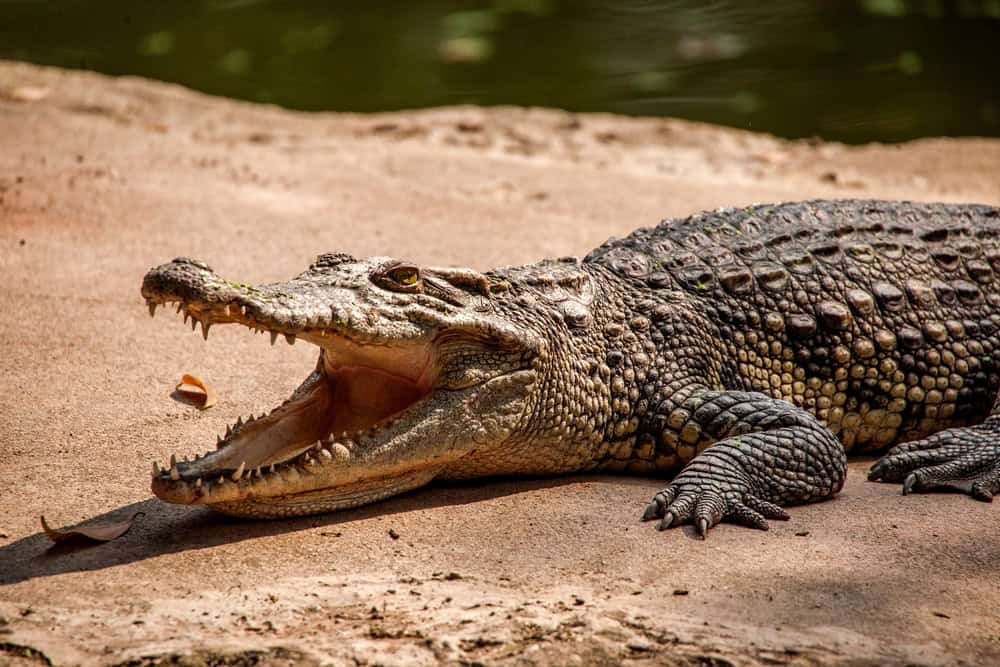
The Nile crocodile (Crocodylus niloticus) follows closely behind its Australian cousin with a bite force of approximately 3,000 PSI (13,340 newtons). These ancient predators dominate African waterways with jaws powerful enough to crush the bones of large mammals. Nile crocodiles have specialized conical teeth designed to grip and hold struggling prey, making escape nearly impossible once they’ve clamped down.
Their impressive bite force is a product of their specialized jaw musculature and the mechanical advantage of their skull structure. What makes this bite force even more remarkable is how the Nile crocodile can maintain it for extended periods, allowing them to drown large mammals like zebras and wildebeest during their famous river crossing ambushes. Despite having relatively weak muscles for opening their jaws (which is why they can be restrained by hand or with tape), their closing force remains one of nature’s most formidable weapons.
Hippopotamus: Surprising Strength from a Herbivore

Despite being herbivores, hippopotamuses possess one of the animal kingdom’s most formidable bite forces, measuring approximately 1,800 PSI (8,000 newtons). Their massive canine teeth, which can grow up to 20 inches long, are used primarily for defense and establishing dominance, not for feeding. Hippos’ jaw strength comes from their extraordinarily thick jaw muscles and specialized skull structure that maximizes force generation.
What makes their bite especially dangerous is the combination of force with their aggressive temperament—hippos kill more humans in Africa than any other large animal. Their jaws can easily snap a crocodile in half or sever a human with minimal effort. This tremendous bite force evolved not for predation but for intraspecific combat and defense, demonstrating that herbivores can develop formidable weapons without being carnivores. The hippopotamus exemplifies how dietary habits don’t always predict bite capability in the animal kingdom.
Jaguar: The Bone-Crushing Cat

Among big cats, the jaguar (Panthera onca) reigns supreme in bite force, with measurements of approximately 1,500 PSI (6,670 newtons)—nearly twice that of a tiger or lion despite its smaller size. This extraordinary power comes from the jaguar’s uniquely short, broad skull and well-developed temporal muscles that maximize force generation. What truly sets jaguars apart is their specialized killing technique: they often bite directly through the temporal bones of the skull or the carapace of turtles, a feat no other big cat regularly attempts.
This adaptation allows jaguars to exploit food sources unavailable to competing predators in their South and Central American habitats. Their incredible bite-to-body-size ratio represents one of the most efficient force-generating mechanisms in the mammalian world. Jaguars use this power to hunt over 85 different species across their range, demonstrating the evolutionary advantage their specialized bite provides in diverse habitats from rainforests to scrublands.
Great White Shark: The Ocean’s Bite Master

The great white shark (Carcharodon carcharias) possesses one of the most powerful bites in the marine world, estimated at approximately 4,000 PSI (17,790 newtons) under certain conditions. These apex predators use their triangular, serrated teeth—which can number over 300 arranged in multiple rows—to slice through tough prey like seals and sea lions. What makes their bite especially effective is the combination of force with a specialized shaking motion that creates a sawing effect.
Unlike most animals on this list, great whites continually replace their teeth throughout their lifetime, losing and regenerating thousands of teeth over their lifespan. Their bite force is enhanced by their ability to lunge at prey with tremendous speed, adding kinetic energy to their already formidable jaw strength. Great whites can detect a single drop of blood in 25 gallons of water and can sense the electromagnetic field produced by other animals’ muscle movements, allowing them to precisely target their devastating bite even in low visibility conditions.
Tyrannosaurus Rex: The Prehistoric Champion

Although extinct for 65 million years, the Tyrannosaurus rex deserves mention for having potentially the strongest bite force of any terrestrial animal that ever lived. Based on anatomical studies and computer modeling, scientists estimate T. rex’s bite force at a staggering 8,000 PSI (35,580 newtons) or potentially even higher. This dinosaur’s massive skull housed jaw muscles that generated forces strong enough to crush bone with ease, allowing it to extract nutritious marrow from its prey.
Recent research suggests T. rex’s bite was optimized for bone-crushing, with specialty banana-shaped teeth that could withstand forces of up to 19,000 pounds. The dinosaur’s serrated teeth worked like knives, while its powerful jaw created enough pressure to shatter bones. This combination made T. rex a supremely efficient predator and scavenger. Paleontologists have found bite marks on fossilized bones that confirm these tremendous forces were regularly applied during feeding, giving us a glimpse into the predatory power of this prehistoric giant.
Spotted Hyena: Bone-Crushing Specialist
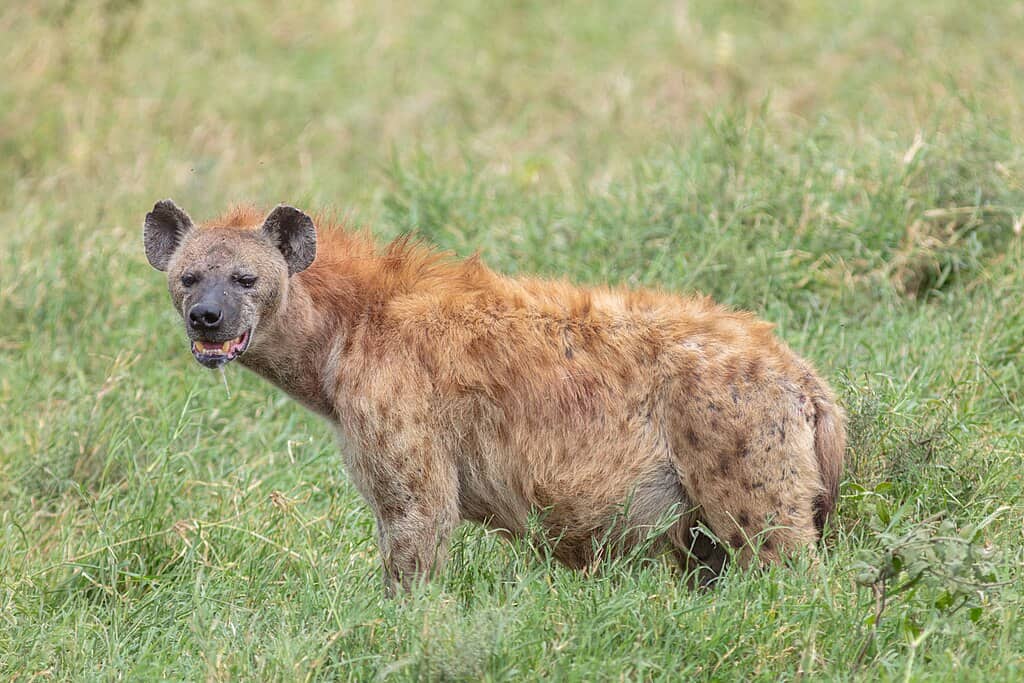
The spotted hyena (Crocuta crocuta) possesses a bite force of approximately 1,100 PSI (4,890 newtons), placing it among the most powerful mammalian biters pound-for-pound. Unlike popular misconception, hyenas are not primarily scavengers but efficient hunters with specialized adaptations for complete carcass consumption. Their premolar teeth, called carnassials, form a powerful bone-crushing mechanism capable of breaking down entire skeletons, including the femurs of giraffes.
This ability allows hyenas to extract calcium and other nutrients from parts of the carcass that other predators cannot utilize. Their massive jaw muscles attach to a prominent sagittal crest on their skull, creating a distinctive sloped profile while maximizing bite force. Spotted hyenas can digest almost everything they consume, with only hair, hooves, and keratin passing through their digestive system unprocessed. This combination of powerful bite force and specialized digestion makes hyenas among the most efficient large carnivores on the African savanna, capable of utilizing nearly 100% of their kills.
American Alligator: North America’s Bite Force Champion
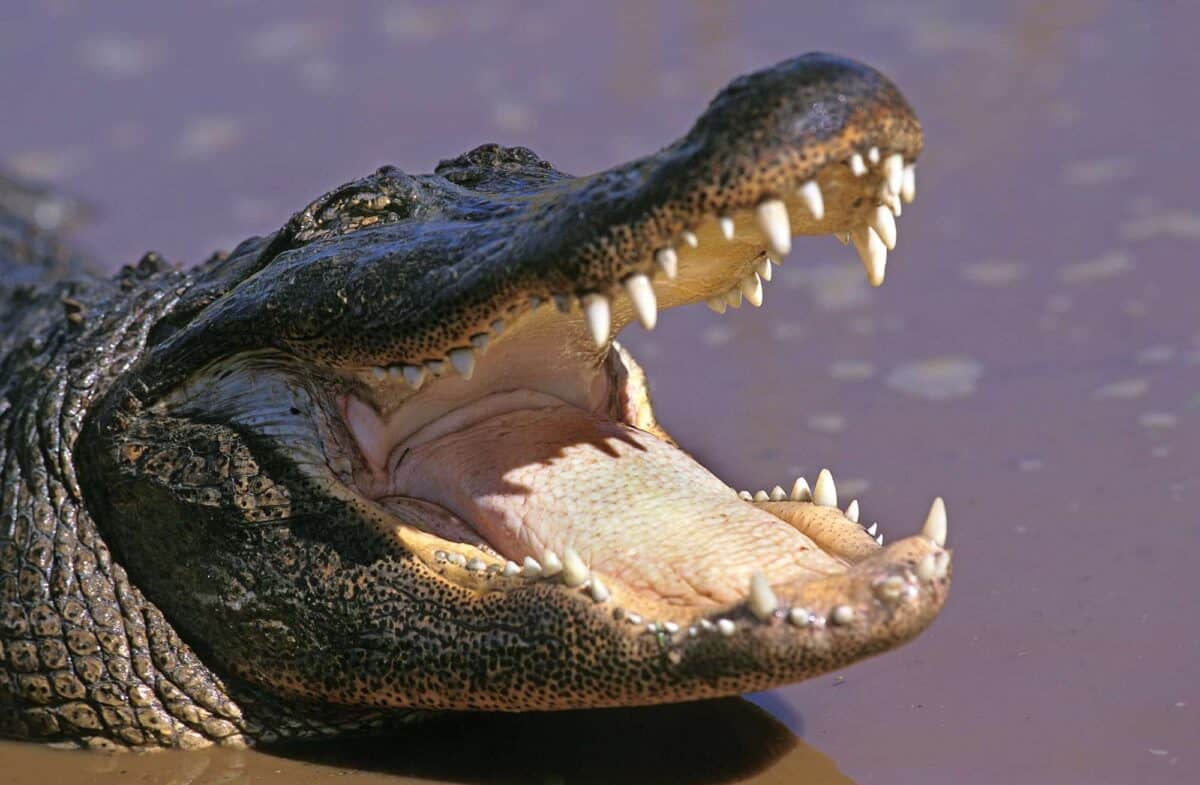
The American alligator (Alligator mississippiensis) generates a bite force of approximately 2,125 PSI (9,450 newtons), making it North America’s bite force champion. Unlike their crocodile cousins, alligators have broader, U-shaped snouts with specialized overlapping teeth designed to crush rather than grip. Their bite power comes from massive pterygoid muscles that close the jaw with tremendous force while taking up minimal space in the skull.
What’s particularly impressive about alligator bite mechanics is the speed at which they can snap their jaws shut—often less than a second—making their ambush attacks nearly impossible to evade. Alligators can maintain this impressive bite force despite their relatively small body size compared to some crocodile species. They use this power to crack turtle shells, crush mammal bones, and secure thrashing prey during hunting. Their bite force increases as they grow, with the largest specimens capable of forces approaching those of the saltwater crocodile, demonstrating the scaling relationship between body size and bite potential in reptiles.
Gorilla: Primate Power

The gorilla (Gorilla gorilla) possesses a bite force of approximately 1,300 PSI (5,780 newtons), making it the primate with the strongest bite. Despite being primarily herbivores, male gorillas have developed long, sharp canine teeth and powerful jaws primarily for display and competition with other males. Their impressive bite force comes from their massive temporal muscles and specialized sagittal crest that provides additional attachment surface for these muscles.
What’s remarkable about gorilla bite mechanics is the efficiency of their jaw lever system, which creates mechanical advantage despite their relatively short faces compared to other powerful biters. The structure of their molars is specialized for grinding tough plant material, including fibrous stems and bark that other primates cannot process effectively. A male silverback gorilla can generate enough force to easily crush bamboo stems measuring several inches in diameter. This combination of vegetarian diet and powerful bite demonstrates how evolutionary pressures beyond predation can drive the development of impressive bite forces.
Tasmanian Devil: Small But Mighty
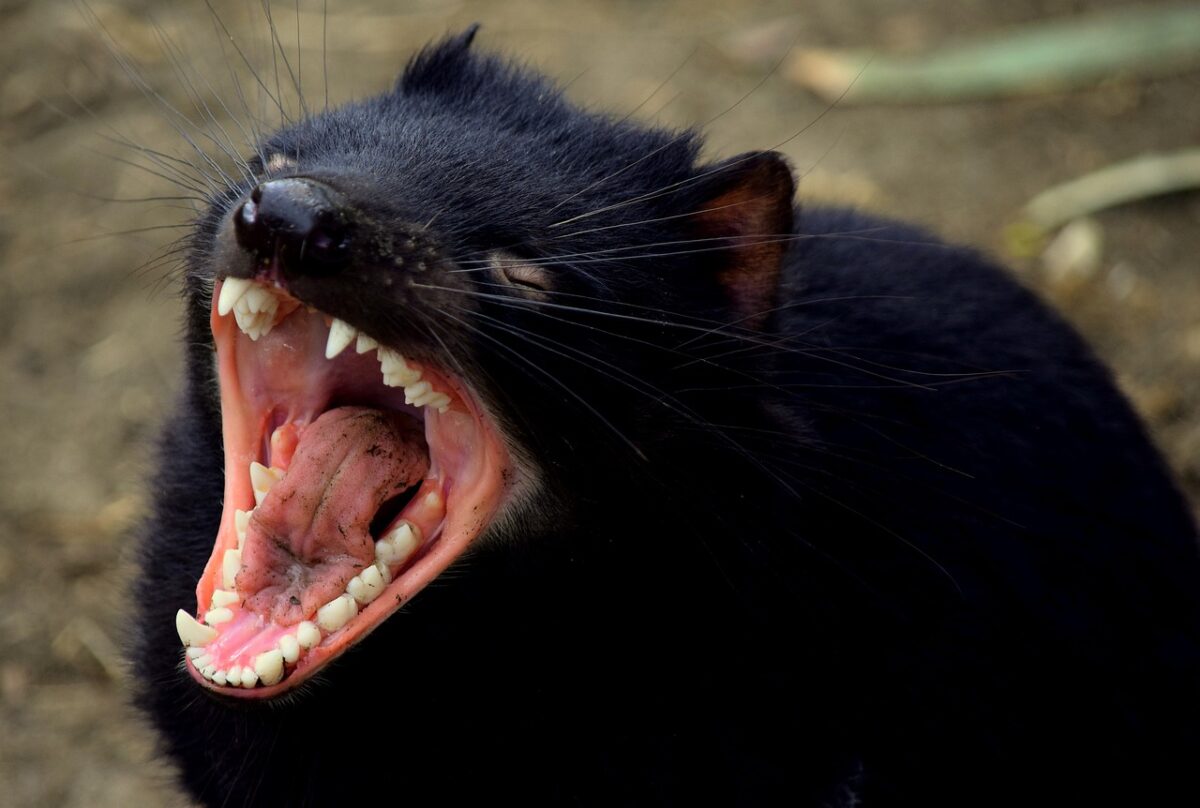
The Tasmanian devil (Sarcophilus harrisii) may be small, weighing only 20-30 pounds, but it possesses a bite force quotient (bite force relative to body size) higher than any other living mammal. Their absolute bite force measures approximately 200 PSI (890 newtons)—remarkable for their size and equivalent to dogs four times their weight. Tasmanian devils have specialized jaws and teeth that allow them to completely consume their prey, including bones, fur, and organs. Their massive jaw muscles make up a significant portion of their head size, giving them their characteristic wide-faced appearance.
What makes their bite particularly effective is their unique jaw articulation that prevents dislocation even when applying maximum force. Tasmanian devils use this power for both hunting and competitive feeding, where multiple devils may fight over a carcass in noisy, aggressive encounters. Their ability to crush large bones helps them extract marrow and calcium, critical nutrients in their resource-competitive island ecosystem, demonstrating how evolutionary pressure can create outsized abilities in smaller packages.
Bull Shark: The Bite Force Specialist of Sharks

The bull shark (Carcharhinus leucas) generates an estimated bite force of approximately 1,350 PSI (6,000 newtons), making it pound-for-pound one of the strongest biters among sharks. Unlike other shark species, bull sharks have uniquely broad, flat teeth designed for crushing and tearing rather than just slicing. This adaptation allows them to consume a broader diet, including turtles, birds, and other sharks. What makes bull sharks particularly noteworthy is their ability to live in both saltwater and freshwater environments, taking their powerful bite into rivers and lakes where other sharks cannot venture.
Their jaw structure includes specialized cartilage that provides surprising rigidity despite lacking true bone, allowing for tremendous force generation. Bull sharks replace their teeth throughout their lifetime, with new rows moving forward as older teeth fall out, ensuring they always have sharp, effective cutting tools. Their bite force combined with their notorious aggression and ability to hunt in murky, low-visibility waters makes them responsible for more unprovoked attacks on humans than any other shark species.
The Evolutionary Significance of Powerful Bites
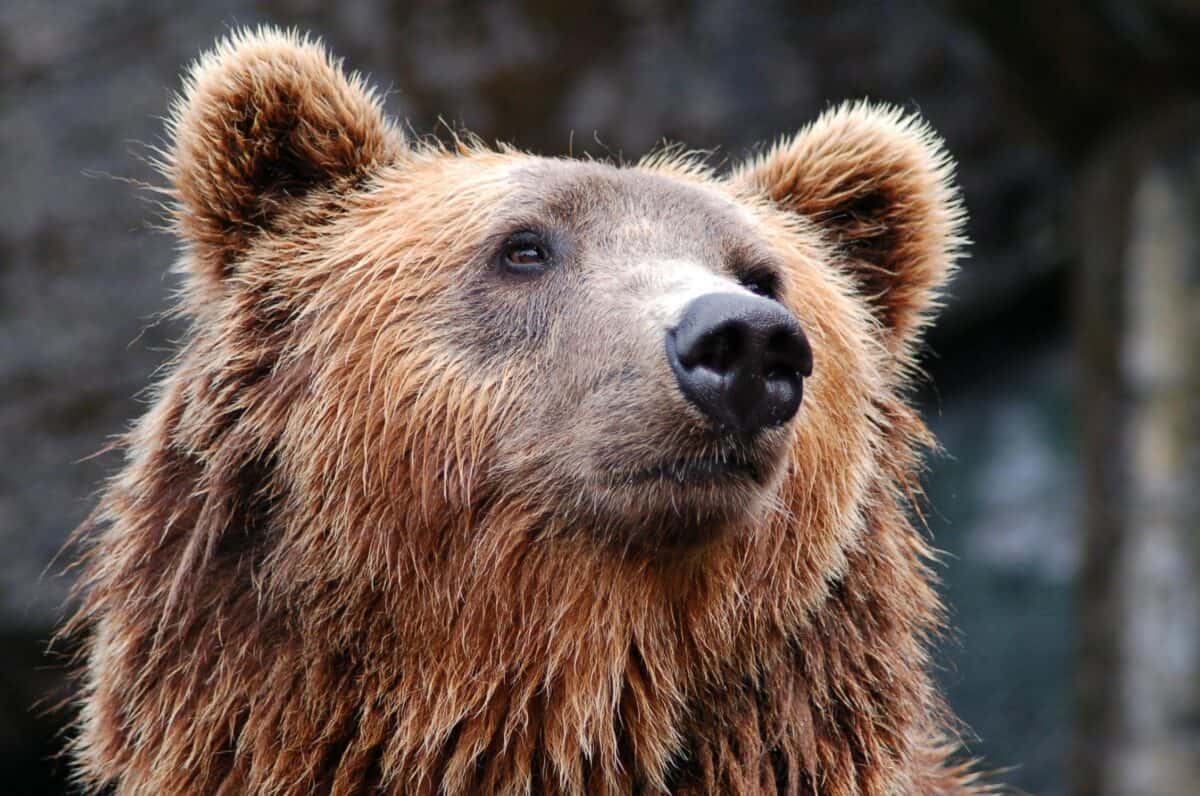
The development of powerful bite forces represents one of nature’s most fascinating evolutionary stories. These impressive capabilities didn’t emerge by chance but through millions of years of natural selection responding to specific ecological pressures and opportunities. For predators like crocodiles and sharks, powerful bites evolved as essential hunting tools, allowing them to capture and subdue large, struggling prey. For omnivores like bears, strong jaws permit dietary flexibility, enabling them to process everything from berries to bones.
Even herbivores like gorillas and hippos developed powerful bites for processing tough plant material or for defense and competition. What’s particularly interesting is how different evolutionary lineages have independently arrived at similar solutions—powerful bite mechanisms have evolved separately in mammals, reptiles, and fish through convergent evolution. These adaptations demonstrate how bite force capabilities are directly tied to ecological niches, with animals evolving precisely the amount of force needed for their particular lifestyle and feeding strategy. The study of bite force evolution provides valuable insights into both predator-prey relationships and the biomechanical constraints that shape animal anatomy across diverse taxa.
Conclusion: Nature’s Most Powerful Jaws
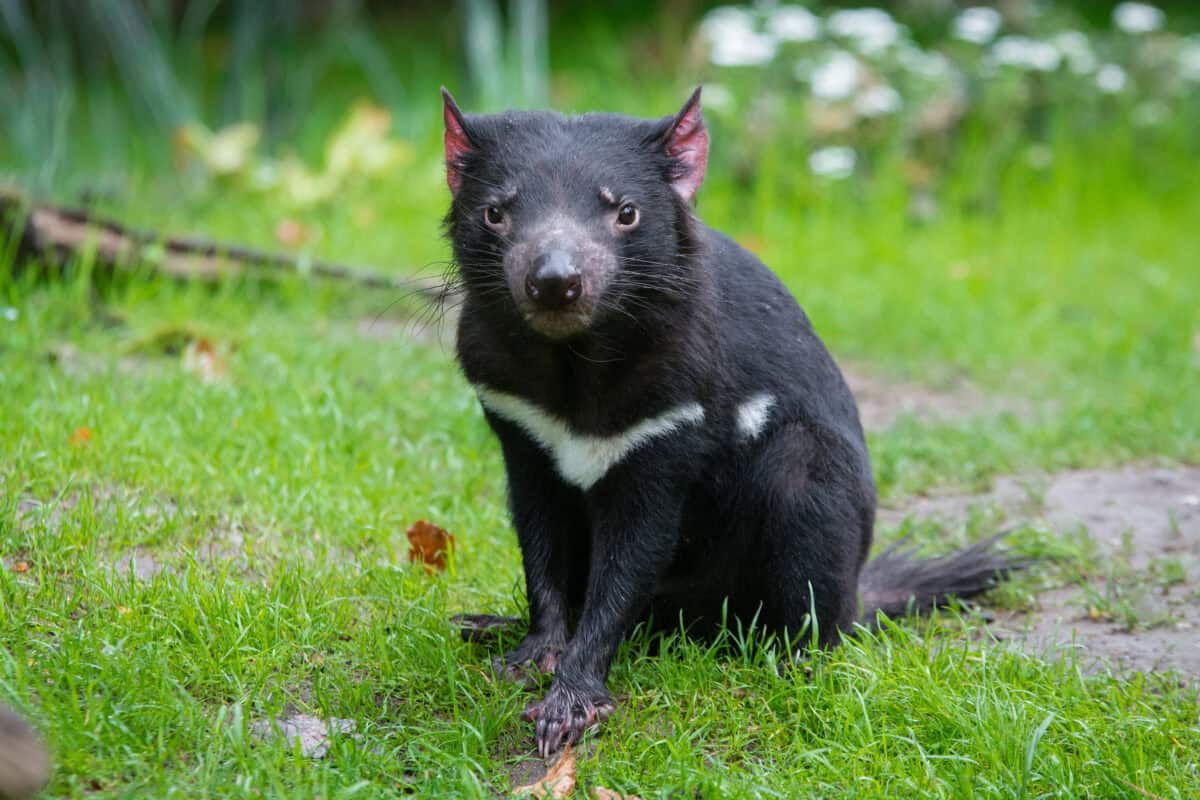
The extraordinary bite forces found throughout the animal kingdom demonstrate the remarkable adaptations that evolution has produced over millions of years. From the bone-crushing jaws of crocodilians to the specialized dentition of sharks and the surprisingly powerful bites of certain herbivores, these adaptations represent perfect solutions to specific ecological challenges.
Understanding these biomechanical marvels provides valuable insights into animal behavior, ecology, and evolutionary biology. As technology advances, scientists continue to refine our understanding of bite mechanics and force generation, sometimes revealing surprising new champions in this aspect of animal physiology. The study of bite forces not only satisfies our curiosity about nature’s extremes but also inspires biomimetic applications in engineering and materials science, proving once again that nature’s designs often surpass our human innovations in both elegance and effectiveness.
- How Baby Giraffes Learn to Walk Within Hours - August 16, 2025
- Why We Need to Save The Cross Gorilla, The Most Endangered Primate in The World - August 16, 2025
- This Snake Can Climb Glass Walls - August 16, 2025

